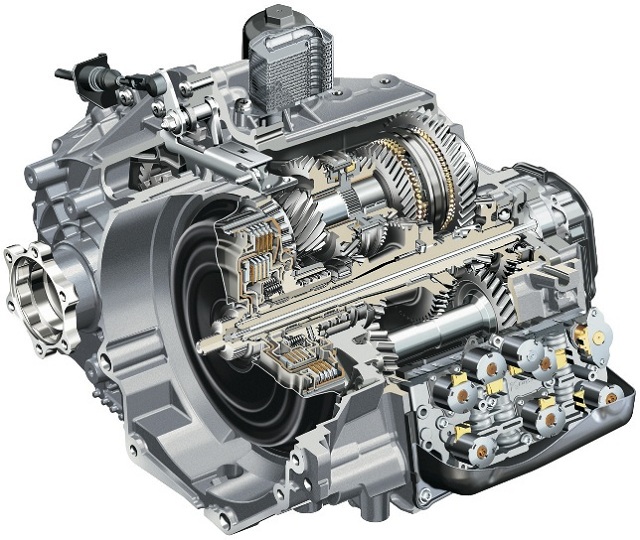In the realm of automotive transmissions, the Dual Clutch Transmission (DCT) stands as a testament to technological advancement and a key contributor to the evolution of high-performance driving. Offering lightning-fast gear shifts and seamless power delivery, the DCT has revolutionized the driving experience, both on the road and on the track. In this article, we delve into the intricacies of the DCT, exploring its design, functionality, advantages, and its impact on the world of automotive performance.
Dual Clutch: Design and Functionality
At its core, a Dual Clutch Transmission is a type of automated manual transmission that employs two separate clutches for engaging and disengaging gears. It is a marvel of engineering ingenuity, combining the best features of manual and automatic transmissions into a single, dynamic system. Unlike a traditional manual transmission that requires the driver to manually operate a clutch pedal and shift gears, or a conventional automatic transmission that utilizes a torque converter, the DCT eliminates the need for a torque converter and seamlessly transitions between gears with lightning-fast precision.
The fundamental design of a DCT consists of two independent clutches, each controlling a separate set of gears. One clutch is responsible for engaging the odd-numbered gears (1st, 3rd, 5th, etc.), while the other clutch handles the even-numbered gears (2nd, 4th, 6th, etc.). By pre-selecting the next appropriate gear, the DCT can execute rapid gear shifts by simply engaging the corresponding clutch and disengaging the other, allowing for a seamless and uninterrupted transfer of power to the wheels.
Advantages and Impact
One of the defining features of a DCT is its ability to execute lightning-fast gear changes. With its dual-clutch setup, the DCT minimizes the interruption of power during shifts, resulting in blistering acceleration and an exhilarating driving experience. The near-instantaneous gear shifts are executed with remarkable precision, enhancing the overall performance and responsiveness of the vehicle. Whether it’s on a racetrack, where split-second gear changes are crucial for maintaining momentum, or during spirited driving on winding roads, the DCT delivers an engaging and dynamic driving experience like no other.
Another advantage of the DCT is its versatility. It offers the convenience and ease of operation typically associated with automatic transmissions, making it suitable for everyday driving in various traffic conditions. In automatic mode, the DCT seamlessly shifts through gears, adapting to the driving style and road conditions. On the other hand, for those seeking a more engaging driving experience, the DCT also provides a manual mode that allows the driver to take control and manually shift gears using paddle shifters or a dedicated gear lever.
Furthermore, the DCT plays a vital role in enhancing fuel efficiency and reducing emissions. The rapid gear shifts, along with the elimination of power losses associated with torque converters, contribute to improved fuel economy compared to conventional automatic transmissions. Additionally, the precise control over gear engagement enables the engine to operate in its optimal power band, maximizing efficiency and reducing emissions.
Dual Clutch: Limitations and Advances
However, like any technology, the DCT does have some limitations. One notable drawback is its potential for a less smooth low-speed operation compared to traditional automatic transmissions. This can manifest as slight jerkiness or hesitation during slow-speed maneuvers such as parking or crawling in heavy traffic. Manufacturers have made significant strides in improving this aspect, with newer generations of DCTs featuring refined software and enhanced control systems to minimize these issues.
In conclusion, the Dual Clutch Transmission represents a significant advancement in automotive transmission technology. Its lightning-fast gear shifts, versatility, and improved efficiency have transformed the driving experience, making it a preferred choice for enthusiasts and performance-oriented vehicles. As automotive technology continues to progress, we can expect further refinements and advancements in DCT design, ensuring that the future of high-performance driving remains firmly in the hands of this impressive transmission system.
